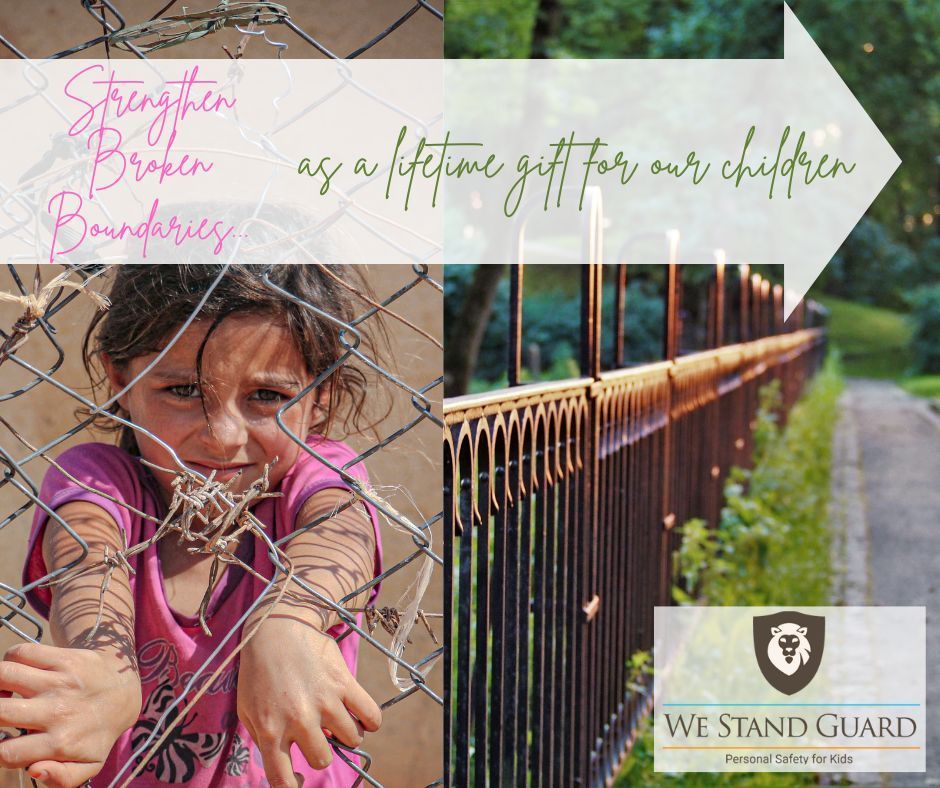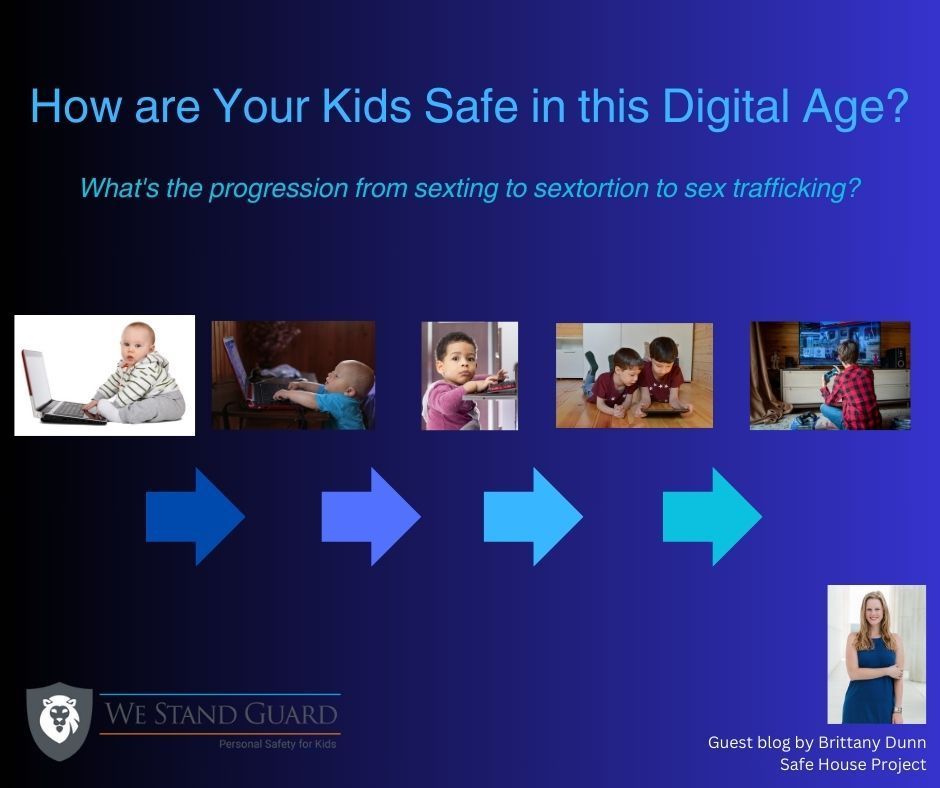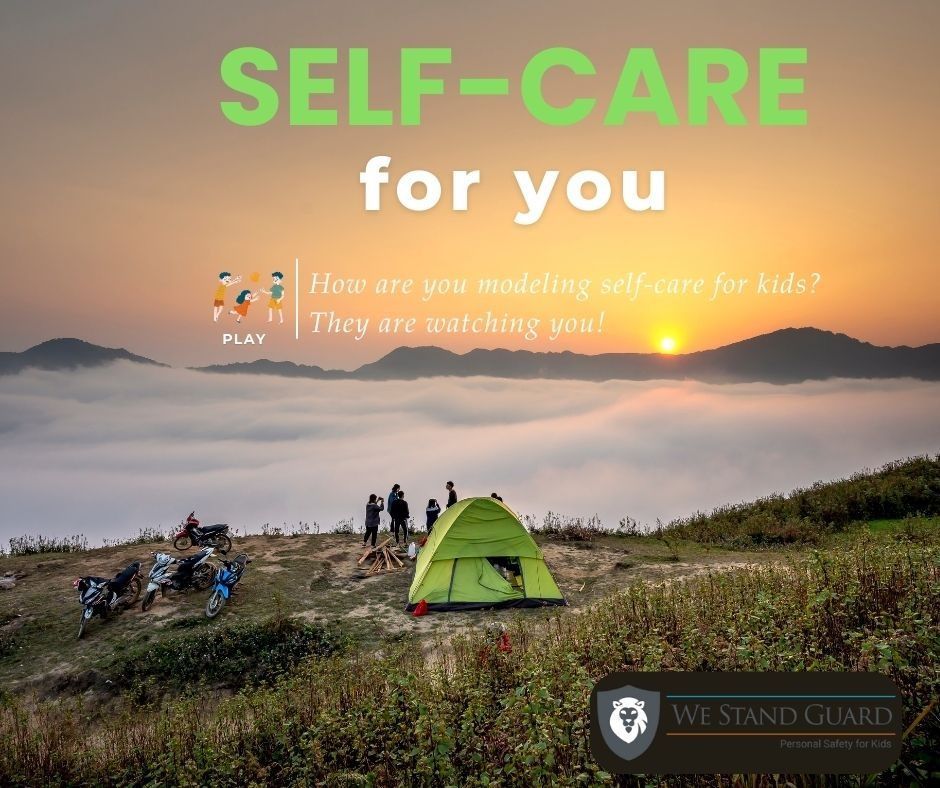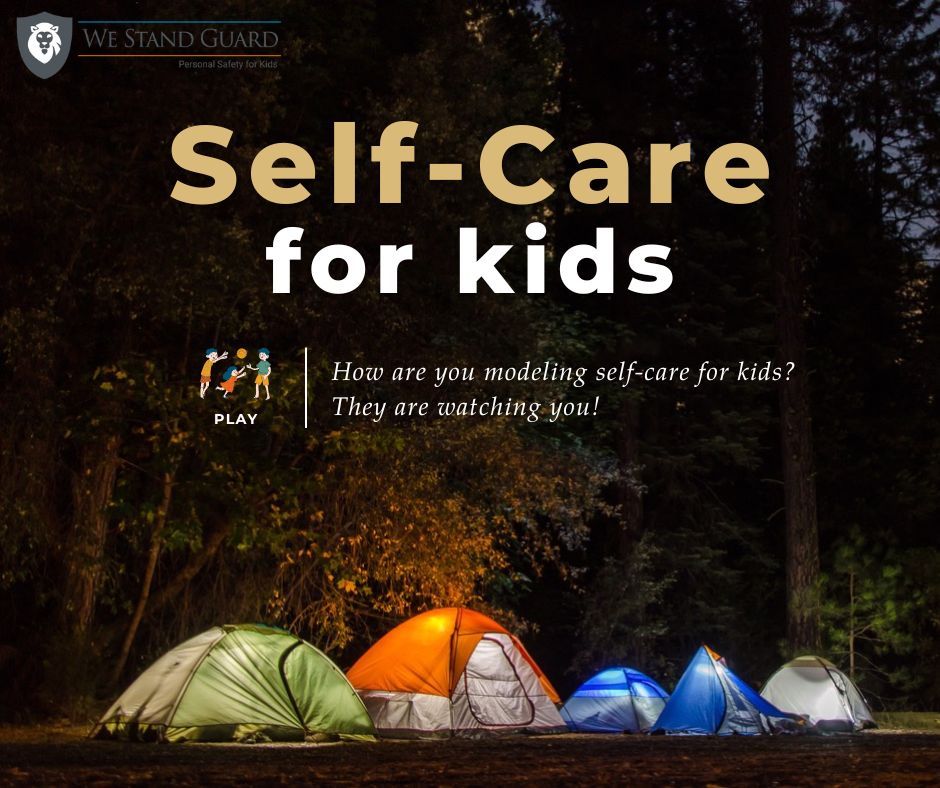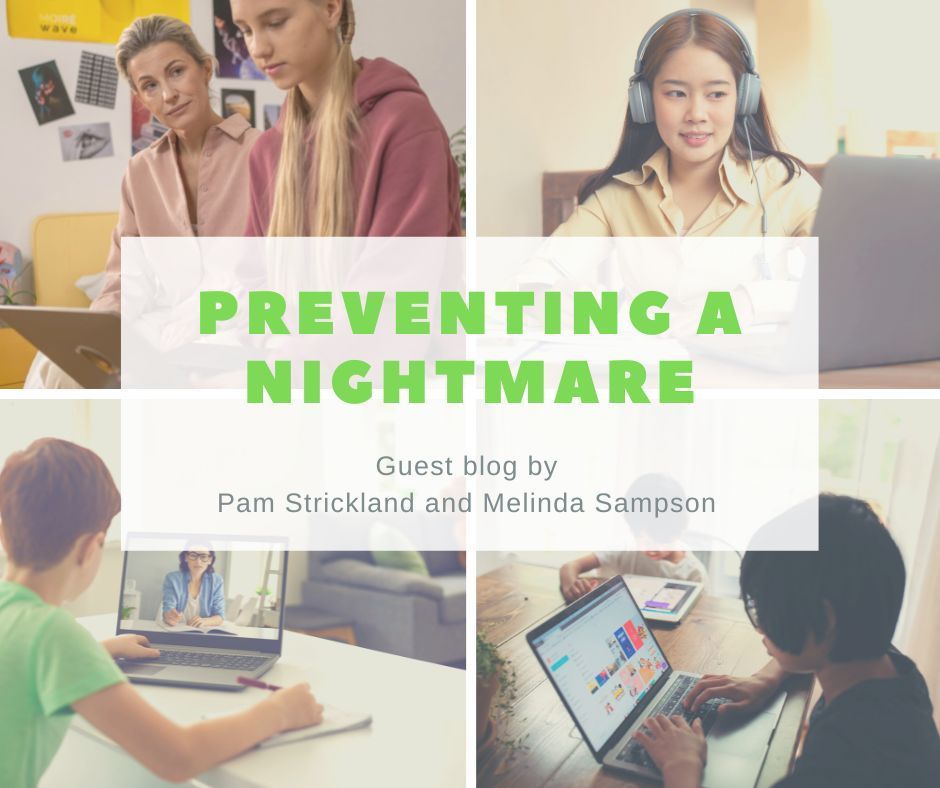Navigating Conversations with Teens about Emotions, Sexuality and Safety
Feeling puzzled about starting these healthy conversations with teens?
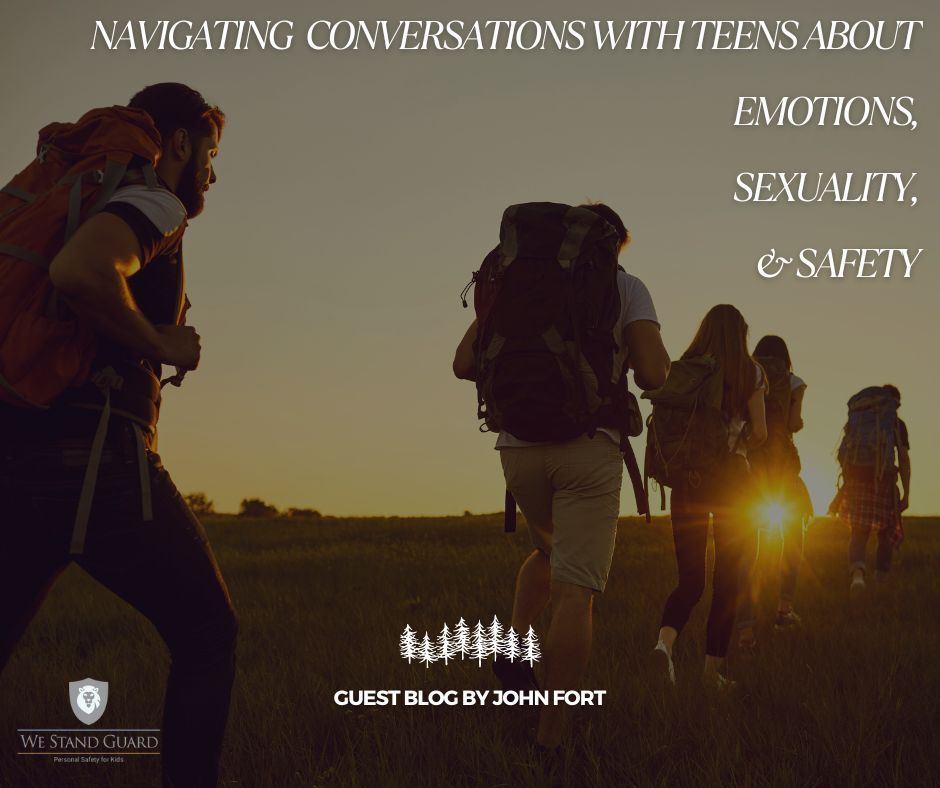
Parenting may be one of the most challenging and rewarding endeavors - hearing from a parenting specialist John Fort may help!
John is Director of Training, overseeing our Pure Life Academy online training platform as well as providing customized training for church and ministry leaders in the U.S. as well as overseas. He has many years of experience in sexual addiction recovery, both personally and professionally. John is the author or co-author of over ten books including Identity: What Foundation Are You Standing On? and Honest Talk: A new perspective on talking to your kids about sex.
John has two adult children and lives near Portland, Oregon with his wife, Anna.
Check out his guest blog:
Navigating Conversations with Teens about Emotions, Sexuality and Safety
By John Fort, Director of Training, Be Broken
As a Parenting Specialist at Be Broken Ministries I field calls from parents asking for help when their kids have become entangled in sexual brokenness. Sexual brokenness can come from the behavior of others, such as objectification or abuse, or from the child’s own behavior, such as pornography use or problematic sexual behaviors. In any of these cases the sexuality of the child has been harmed.
The most common call I get goes something like this, “I just discovered my 15-year-old has been using porn, but after talking with them more I learned they have been looking at it for at least three years! What do I do?” I can hear the panic in the parent’s voice. I sense the feeling of failure as the parent worries they did not do enough to protect their child. I feel the urgency and desperation in the parents tone.
I can relate as a parent. I have experienced times when my own children experienced brokenness and I feared it was my fault for not protecting them better. I have felt desperation when my child did something I thought they would never do. I have felt panic when my child was exposed to something harmful. If something like this has happened to you, you are not alone. This is a much more common situation than many parents realize.
When a parent comes to me today with one of these situations, I have learned to ask first, “How often do you talk with your child about feelings?” There are two reasons I start with this question:
1 - Emotions are the Training Ground
Talking about emotions is the training ground for talking with your child about anything related to sexuality. Talking about sex or sexuality is really, really personal. If you and your child do not have practice talking about personal things and then one day you bring up sexuality, your child will likely freeze up and not want to talk. It’s too big a step for a child to go from no personal conversation to the most personal conversation of all.
Talking about emotions is personal too, but not as personal as sexuality. When you talk with your child about how each of you are feeling each day you are both getting used to personal discussions. In this way, both you and your child are training for the more personal discussions around sex. In this way, elevating the conversation to sexuality is a smaller step that is easier for you and your child to take together.
When your child has had a crisis due to sexual brokenness they may not be ready to talk about it in detail. Talking about emotions is a better first step to get you both used to deeper conversations.
2-Lack of Emotional Resilience Leads to Sexual Brokenness
The most common way teenagers fall into sexual brokenness is when they have never learned how to deal with their emotions. When a child has not learned how to find healthy love, touch, affirmation, and acceptance they can become prey to false substitutes. Likewise, sexually stimulating behaviors like pornography use can become a child’s go-to method of dealing with feelings of loneliness, failure, and inadequacy.
The underlying problem in both these cases is an inability to deal with difficult feelings. To truly help such a child they must learn healthier ways to work through these difficult emotions. Otherwise they are unlikely to be able to escape sexual brokenness.
Step One
When I do work with a parent and learn that they have not done much in the way of talking about emotions I suggest they start with talking about feelings before addressing the sexual brokenness. While the brokenness may feel more urgent that does not mean it is best to address first.
For example, in the case of a teenager who had been looking at porn for three years, a couple more weeks of that behavior is not going to change much. It is more important to start talking about feelings first, before trying to address the pornography use. This will make the discussion about pornography easier and more effective when you get to it.
Stages of Emotional Development
Emotional resilience is what is needed for a child to heal from sexual brokenness but also to resist it. Here are some steps to take with a child to help them develop emotional resilience.
1. Vocabulary. Help your child learn more words to more clearly describe what they are feeling. Feelings Charts and a Feelings Wheel can help. These are available for free online, along with examples of how to use them.
2. Awareness. Begin a practice with the entire family sharing what each have been feeling during the week. This can happen as often as daily but at least once a week. If your child is shy, have them write feelings down in a journal they can share with you.
3. Resilience. Work with your child to find healthier ways to respond to feelings. Find a feeling they don’t usually react well to and brainstorm alternative responses that could be helpful. For example, if your child feels overwhelmed they can learn to step away and calm themselves down.
Few parents were ever taught any of what I just mentioned. I certainly was never taught any of this growing up. That means you will be learning emotional resilience along with your child. You should be learning more vocabulary. You should learn to be more aware of what you feel. You should come up with new plans to deal with feelings that are the most uncomfortable to you. Your child will be more likely to engage with these activities if you are doing the same.
Next Steps
Emotional resilience is important for your child to learn whether they have yet experienced any sexual brokenness or not. Working on emotions is both preventative and reparative. All families benefit from practicing these skills.
When my wife and I began helping our children expand their emotional vocabulary, practice emotional awareness, and teach emotional resilience every aspect of our family communication improved. There are many positive side effects of teaching these skills.
Which of the three steps mentioned above might be a good next step in your family? What are times during the week you could practice these skills in your family? When could you start? I encourage you to start soon!
For help with this in your family, see the online course: Family Integrity: Emotional Resilience
